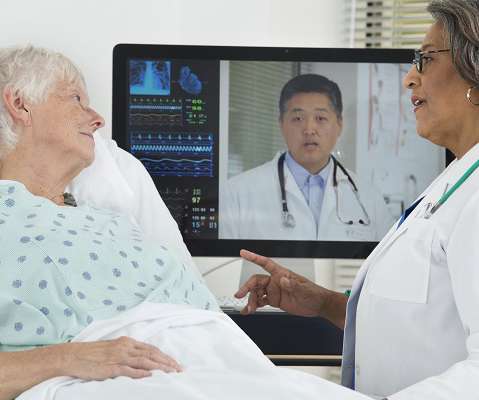What exactly is HealthTech? What is the difference between Digital Health and HealthTech?
Lloyd Price
JULY 22, 2023
Software: This includes software that is used to manage patient records, provide remote care, or deliver educational content. Wearable devices: These are devices that are worn on the body and can track health data such as heart rate, sleep, and activity levels. In other words, digital health is a subset of healthtech.













Let's personalize your content